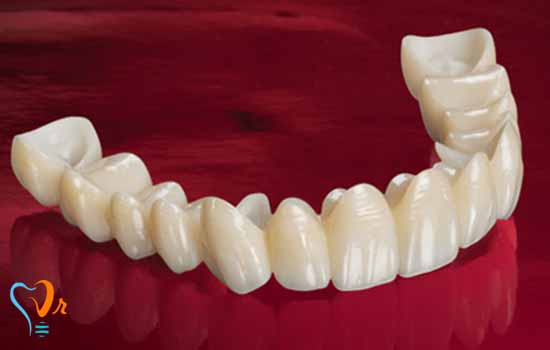Advantages of Prosthesis Supported by Dental Implants Part 1

Advantages of Prosthesis Supported by Dental Implants Part 1

The use of dental implants for prosthetic support has many advantages over denture-based moving dentures. A primary reason for using an implant to replace a missing tooth is that the implant maintains and maintains the alveolar (jaw) bone, in fact the pressure on the implant prosthesis enters into the bones surrounding the implant, resulting in reduced volume and The bone mass that occurs after tooth extraction is reversed.
When the implant is placed under occlusion and pressure, an increase in bone density (density) occurs. An implant can maintain bone height and width as long as the implant's toothpath is healthy. When the patient has a full dentures prosthesis, he complains about non-stopping and non-maintenance of the denture. It also shows these problems in the lower jaw (mechanical dentures occur more often in the jaw). Loss of facial beauty is first observed in the maxillary artery (especially in nosebleeds and facial wrinkles), as well as the length of the upper lip, and the lack of buccal buccal thickness and volume (Facial) occurs.
Implants should be used to treat bone resorption and prevent subsequent complications in the jaw. The number of implants in the jaw from 2 to 8 can vary. The greater the number of implants the more prosthetic stability is used. Implants can also be placed in the desired position (by changing the placement) to improve the beauty, speaking, pronunciation of sounds and sounds. The facial appearance of the lower third of the face is directly related to the bony structure of the jaw and soft tissue on it. When the bone is lost (after toothpick), moving dentures (dentures) only play the role of a wig to improve the face contour. If the bone analysis progresses (in the absence of bone regeneration or non-treatment of the implant), the dentist has to make the dents bulkier and more prominent, in which case the control of their function (stability) will become even more difficult.
But implant-based prosthetics can rebuild vertical vertices like natural teeth. In this way, implant-based prosthetic stability is provided. The next point is that there is a gap of 20 micrometers between the natural teeth of the patients (2.2 ml), this distance reaches 50 μm (5.5 mm) in patients with implants, and in patients with dentures (in two jaws Or single-jaw) to reach 100 μm (10 mm).

People who viewed this page also visited:
What are the dental implant treatment stages?
Implant Professional Center in Tehran
The best implant expert in Tehran
The best implant center in Tehran
What is immediate loading of dental implants?
Implant problems and implications
Force direction and its relationship with the implant body design
Unsuitable cases for dental implant
The geometry of the implant and its relationship with occlusal forces
The relationship of the implant body and functional surface














